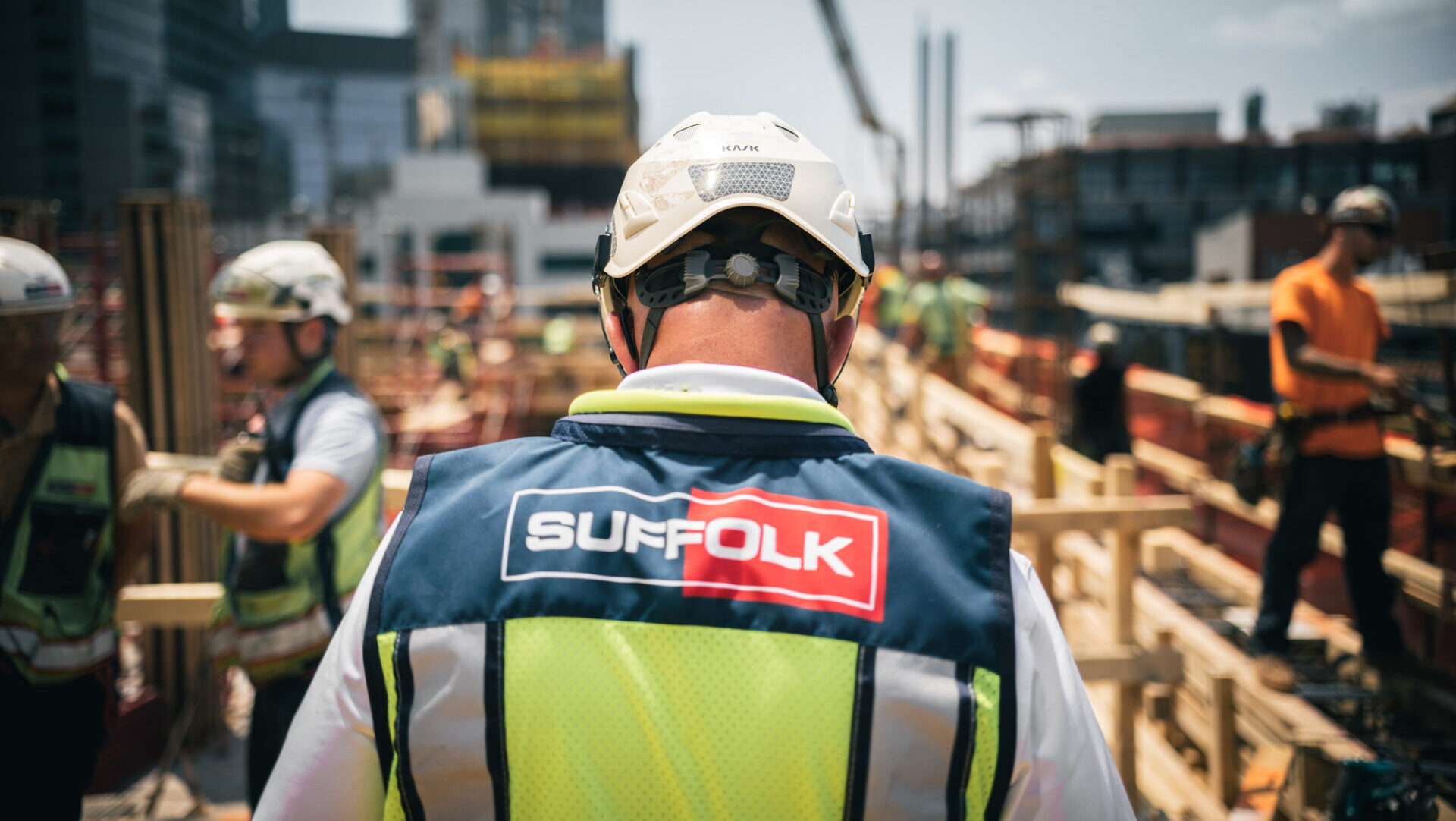According to the Bureau of Labor Statistics, over 150,000 construction site injuries occur every year. To mitigate incidents before they occur, Suffolk’s safety and data teams joined forces to develop a safety model that integrates data on staffing, trade partners, observations, incident history, project schedule, and core project details to proactively assess project risk.
“Over the years, we have made significant progress in equipping every employee with real-time predictive insights,” said Aleksey Chuprov, VP of Data Analytics and AI at Suffolk. “Those insights power optimal decision-making and best-in-class project outcomes across our seamlessly connected, analytics-driven platform.”
Using Posit Team, the data science team at Suffolk standardized their model workflow and communicate safety scores to stakeholders in two separate ways:
- Safety Dashboard to provide key insights (percentage of high risk projects, any projects with incidents, how predictions compare to historical predictions over time, etc.) at both the project and portfolio level to help project teams see risk in a few different ways
- Weekly Portfolio Risk Email with a concise list of projects flagged as high risk, plus the top features driving each score

